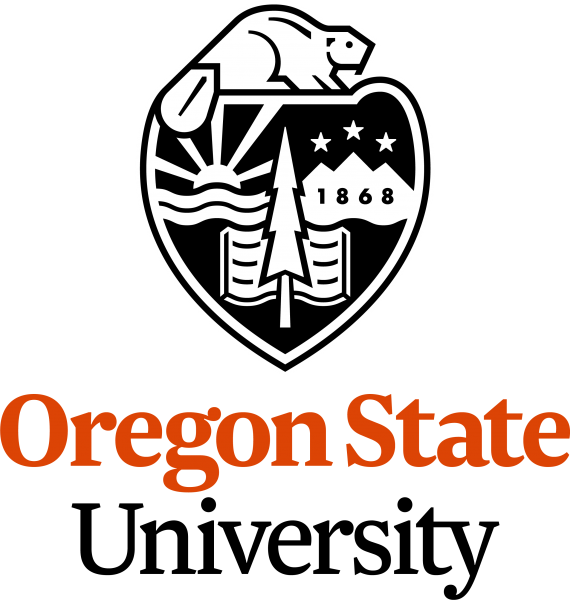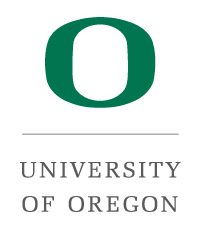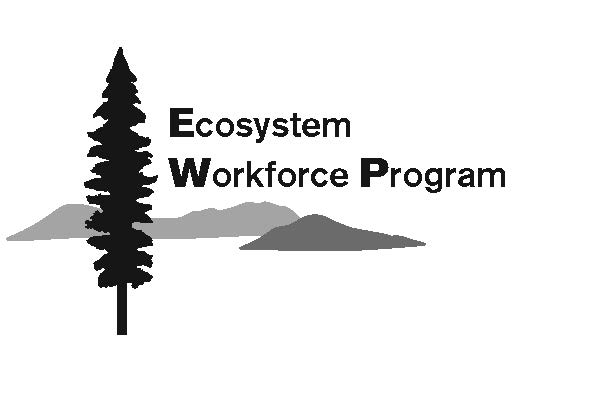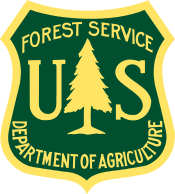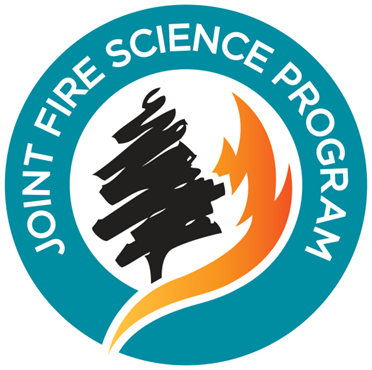Partner Feeds
Washington neighborhood honored as Firewise USA® Site of Excellence
Through the help of community volunteers and a new Firewise USA® pilot program, one Washington state neighborhood is taking wildfire safety into their own hands.
Six years ago, the Flowery Trail neighborhood was recognized as a Firewise USA® Site. In 2019, Firewise USA® challenged the community to become a “Site of Excellence” through a new pilot program for 2019-2020.
To earn this designation, the neighborhood must complete recommended mitigation tasks within 30 feet of every home and have 100% participation within the community boundary. Flowery Trail is one of only seven Firewise USA® Sites nationwide challenged in the Site of Excellence pilot project.
Flowery Trail is also one of our state’s 13 members of the Washington Fire Adapted Communities Learning Network.
When the first structures were built in Flowery Trail back in 1976, the community was not built with fire resiliency in mind. Surrounded by steep slopes with overgrown wildfire fuel, reason for concern doubled when community members realized they weren’t included in a fire district.
The threat of fire dawned on Dan Holman, member of the Flowery Trail Neighborhood Association, when his neighbor’s cabin burnt to the ground in 1995. Holman says this was the wake up call that lead to community action. Since then, the community has taken the initiative to reduce the risk of wildfire around their homes through major and minor changes.
One of the main focuses of the Flowery Trail Neighborhood Association in recent years is work in the zones within five feet of homes. Last year, they provided neighborhood members with gravel to create a non-ignition zone around their homes. Eighty percent of homes in Flowery Trail now have this barrier.
Although DNR is there to lend a hand when needed, Guy Gifford, DNR Fire Prevention and Firewise USA® Coordinator, says the Flowery Trail neighborhood took the tools and ran with it, putting forth a great deal of personal time and money. Every spring, Flowery Trail holds a two-day work party with specific goals in mind.
Members from the Flowery Trail Neighborhood Association operate a wood chipper during a work party.Encouraging your neighbors to do physical volunteer work may seem daunting, but according to Holman, over half of the neighborhood happily suits up in their work clothes to help the cause. For the most part, the community members are on the same page. The response is 90% positive, he says.
This year, the neighborhood will hold an additional work party on Saturday, Sept. 28 to celebrate the Site of Excellence honor. They will be removing wildfire fuel in a steep area where an excavator couldn’t reach in a previous work party.
As for the future of Flowery Trail, Holman has big plans moving forward. He hopes they can add more safety features to their community, including an extra generator that would allow them to pump massive amounts of water in the case of a power outage due to wildfire. They’d also like to add a second deep well, more water storage, and clear brush on empty lots in and around the neighborhood.
You can learn more about the Firewise USA® Sites of Excellence pilot program here.
Gopher Fire News Release 9/16/2019 (Gopher Fire Wildfire)
Gopher Fire News Release 9/15/2019 (Gopher Fire Wildfire)
204 Cow Fire Final Update - September 15, 2019 (204 Cow Fire Wildfire)
Malheur National Forest Prescribed Fire Operations Update (2019 Malheur NF Prescribed Fire Prescribed Fire)
Gopher Fire News Release 9/14/2019 (Gopher Fire Wildfire)
Gopher Fire News Release 9/13/2019 (Gopher Fire Wildfire)
204 Cow Fire Update - September 12, 2019 (204 Cow Fire Wildfire)
Gopher Fire News Release 9/12/2019 (Gopher Fire Wildfire)
Get Your Goat: A closer look at targeted grazing for fire prevention
Smokey Bear isn’t our only animal friend trying to reduce the spread of wildfires. The ravenous appetites of domesticated grazing animals may play a role in mitigating devastating blazes around Washington state.
When controlled burns or mechanical removal of wildfire fuel isn’t well-suited for an area, cows, goats, and sheep can lend a helping hoof. Through the power of munching and crunching, targeted grazing can effectively clear built-up green vegetative fire fuel in steep or difficult-to-access areas where there is high fire risk. Grazing animals are used because they have a particular taste for foliage that would be quick to ignite with even the tiniest spark.
“(Goats) love steep hillsides, soft terrain, windy paths, and rocky roads, too. They aren’t deterred by poison ivy or other vines we find harmful,” writes Craig Madsen about his company, Healing Hooves, a targeted goat grazing service based out of Edwall, Wash., outside of Spokane. Madsen says goat grazing is all about balance—finding the perfect time and place and balancing that with a landowner’s needs.
Forests and wildlands in central and eastern Washington are in dire need of some tender love and care. Over the past century, the health of these lands declined due to fire suppression, as well as past management practices or a lack of management.
Overgrown, ill-maintained forests and abandoned landscapes create an environment where massive blazes can burn quickly, spreading through forests, grasslands, and sagebrush landscapes, as well as through the neighborhoods that border these important wildlands, known as the Wildland Urban Interface (WUI).
Under the leadership of Commissioner of Public Lands Hilary Franz, the Washington State Department of Natural Resources (DNR) has collaborated with more than 33 organizations and agencies to develop the 20-Year Forest Health Strategic Plan. The mission involves combating the spread of uncharacteristically severe wildfire by creating healthier forests primarily through mechanical thinning and controlled burns.
Grazing can be another tool when and where appropriate. Under the right circumstances, domesticated grazing animals can play a role in clearing fuel on prairies and shrub steppe landscapes that surround forests, for example.
Goats from Billy’s Goats targeted grazing service work on clearing wildfire fuel on the hillside behind the Broadview neighborhood in Wenatchee. (Courtesy of Chelan County Fire District 1)Danny DeFranco, the executive vice president of the Washington Cattlemen’s Association, said he thinks of wildfire prevention as a tangential benefit of grazing. He recalled the 2012 Taylor Bridge Fire, which burned near an area he was working at the time. It burned up to a fence line and significantly slowed at the area that had been grazed in the weeks beforehand, he said.
Grass and leafy foliage is the preferred choice for sheep and cattle, but goats will also go for brushier fire fuels under some circumstances. They are also efficient multitaskers and have no trouble walking and eating in unison.
During a grazing project, the animals are typically restricted to a specific area where maintenance is required. This may be an area with a steep incline or some other impediment that makes it inconvenient for other forms of fuel reduction.
Chelan County Fire District 1 recently recruited a herd of 325 goats to clear out wildfire fuel in an area of Wenatchee that was devastated by the 2015 Sleepy Hollow Fire. The Sleepy Hollow Fire was fueled by a variety of sources, extremely high winds, houses with wood shake roofs and flashy fuels in the steep hills behind the Broadview neighborhood. It destroyed 30 homes and three businesses.
To assist in reducing fuel that has accumulated in recent years, the hooved gourmands were brought in. The area was too steep for mechanical or manual removal or controlled burning, the fire district said, but the goats had no trouble. They munched one acre at a time, and over the course of 10 days, they reduced fire fuel on a little more than 5 acres of land.
What to consider before grazing
Targeted grazing, like any form of fuel control, should be practiced with care. Poorly managed grazing can result in serious detrimental effects on an ecosystem. If used, targeted grazing should be closely monitored and overgrazing should be avoided.
Bringing in hundreds of trampling hooves on flat ground can result in soil compaction, which can affect native plants’ growing patterns, and grazing too frequently can quickly lead to erosion, a serious threat to a local ecosystem.
Jon Riley, the community wildfire liaison for Chelan County Fire District 1, recognizes that grazing isn’t the perfect solution for wildfire prevention. Riley, along with community wildfire specialist Hillary Heard, oversaw the grazing effort which was funded through a Hazard Mitigation Grant from the Federal Emergency Management Agency (FEMA).
Riley said that part of the area the goats worked on would likely need to be reseeded. In the areas with less native vegetation, the top soil was disturbed and shallow-rooted grasses were uprooted by hooves, clearing a path for erosion. Ideally, the goats wouldn’t be brought back into that area for at least two to three years so the ecosystem would have time to recover, he said.
DeFranco added that grazing can also help in the reseeding process; hoof action can redeposit seeds and promote new growth and biodiversity in a planned grazing system, he said. Certain issues associated with targeted grazing, like soil compaction, can be mitigated by limiting the amount of time allotted to grazing.
Not all landscapes are suited for a herd of animals to chow on — in fact, there’s probably no place that would provide the perfect circumstances, Riley said. They’ll do less damage on a hardy landscape with plenty of deep-rooted perennial grass coverage and a shrub canopy.
Those who choose targeted grazing as a wildfire prevention tool must look closely at the vegetation in their area and weigh the factors heavily. While it is a solid option for fuel control when mechanical removal and controlled burns are inconvenient, targeted grazing shouldn’t be used in every circumstance.
Thinking about using grazing animals on or near your woodlands? Contact a DNR forest-health scientist at foresthealth@dnr.wa.gov to see if it would be the right fit.
